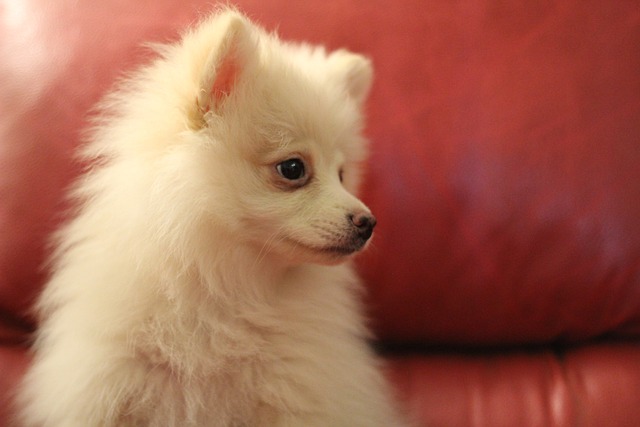
How do i train my dog to be obedient?
Watching your dog dart across the park ignoring your calls isn’t just frustrating—it can put them at risk near busy streets or public spaces.
I sat across from Jamie in a Seattle coffee shop last month as she scrolled through her phone—3 missed texts from her apartment manager, all about her border collie, Max, barking nonstop while she was at work. “I’ve tried squirt bottles, bark collars, even yelling ‘quiet’ until my throat hurt,” she said, voice cracking. “Nothing works. Am I doing something wrong?” If your dog’s barking feels like a never-ending loop, and every “solution” has backfired, you’re not failing—you just need to speak their language, not fight against it. Let’s break down why barking persists, the hidden triggers you’re missing, and how to turn “noise” into communication.
Barking is your dog’s way of talking, and if it’s not stopping, their message isn’t getting through. Common triggers hide in plain sight: boredom (a 9-to-5 alone in an apartment with no enrichment), anxiety (thunder, new neighbors), or “alert mode” (squirrels, delivery trucks). The problem with most “quick fixes”? Squirt bottles or shock collars teach them to bark when you’re not looking—Max started barking only after Jamie left, because he associated her presence with being sprayed. A vet in Portland calls it “suppression, not solution”: you’re stopping the sound, not the reason, so it comes back louder. Breeds like collies or shepherds, built to work, need mental stimulation—without it, barking becomes their “job.”
The first step is to play detective. Keep a “bark journal” for 3 days: note time, trigger, and your reaction. Jamie realized Max barked only between 2–4 PM—when sunlight hit the window, casting shadows that looked like “intruders.” Once she closed the blinds, his barking dropped by 70%. Next, replace barking with a “better job.” For alert barkers, teach “watch me”: when they start barking, hold a high-value treat (freeze-dried liver) by your eye, say “watch,” and reward when they make eye contact. My neighbor’s beagle, Lila, barked at every bird—now she “watches” for a treat instead, because her brain learned, “Looking at human = snack, not barking.” For bored barkers, leave puzzle toys stuffed with peanut butter—Max now spends afternoons licking his Kong instead of vocalizing.

Timing and positivity are nonnegotiable. Never scold after the fact—if you come home to a barking mess, they won’t connect your anger to morning barking. Instead, reward silence: toss a treat when they’re quiet, even for 5 seconds. Jamie started doing this—now Max wags when he hears her keys, knowing quiet gets extra playtime. In apartments, add white noise machines to muffle triggers (delivery trucks, neighbors), and check noise rules (Seattle fines $200+ for repeated complaints). When walking, use barking as a cue to redirect: if they bark at another dog, turn and walk the other way, praising when they follow—this teaches “barking = walk stops, quiet = walk continues.”
Don’t skip the basics: Keep their rabies vaccine current (required by law) and always carry poop bags (Portland fines $125+ for slacking). Community trust matters—neighbors are more understanding if your dog is well-cared for.
By month’s end, Jamie texted me a video: Max napping by the window, blinds closed, Kong nearby. “He barks once, then looks at me for a treat,” she wrote. Barking isn’t a battle to win—it’s a conversation to understand. Once you speak their language, the noise fades.

Watching your dog dart across the park ignoring your calls isn’t just frustrating—it can put them at risk near busy streets or public spaces.

New puppy owners often find themselves rushing to clean up accidents before they set in, and that’s where puppy pad training becomes a game-changer.

If you've noticed your dog's waistline disappearing and your veterinarian has mentioned those few extra pounds, your first instinct might be to simply reduce the amount of food in their bowl.

Training a dog to use a designated spot indoors isn’t as daunting as many new owners fear, but it does take consistency and an understanding of your pet’s needs.

That moment of dread on a walk is all too familiar for many new dog owners. You see another dog approaching down the sidewalk of your neighborhood

If the sight of another dog on your neighborhood walk makes your heart sink as your own dog erupts into a frenzy of barking and lunging, you're not alone.